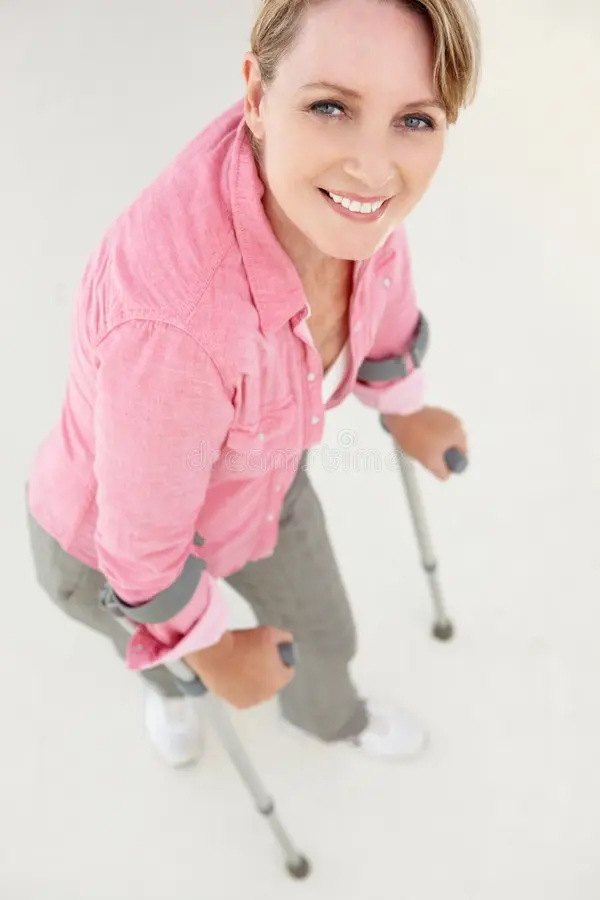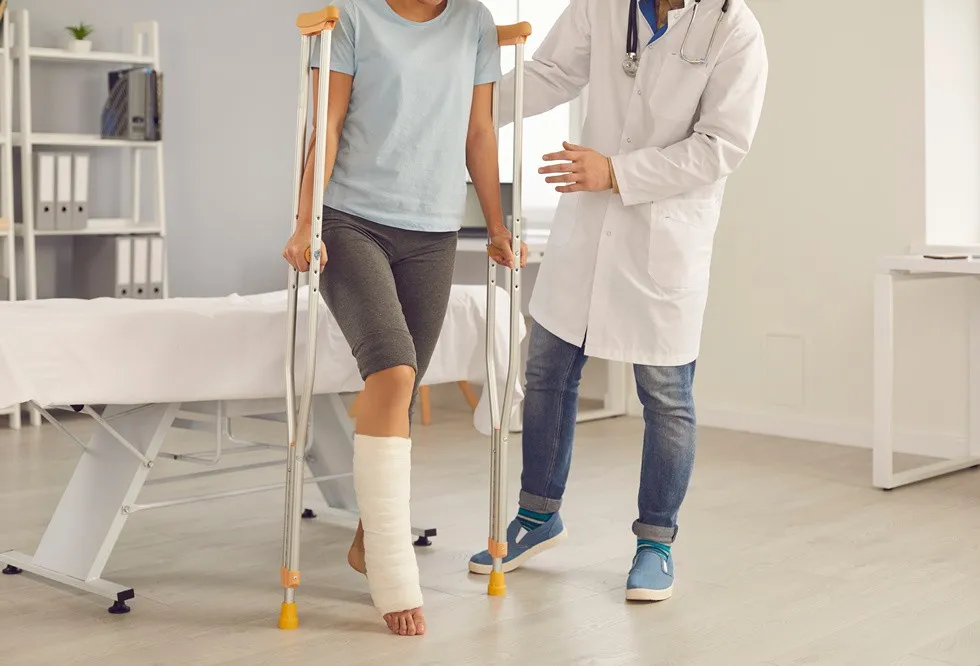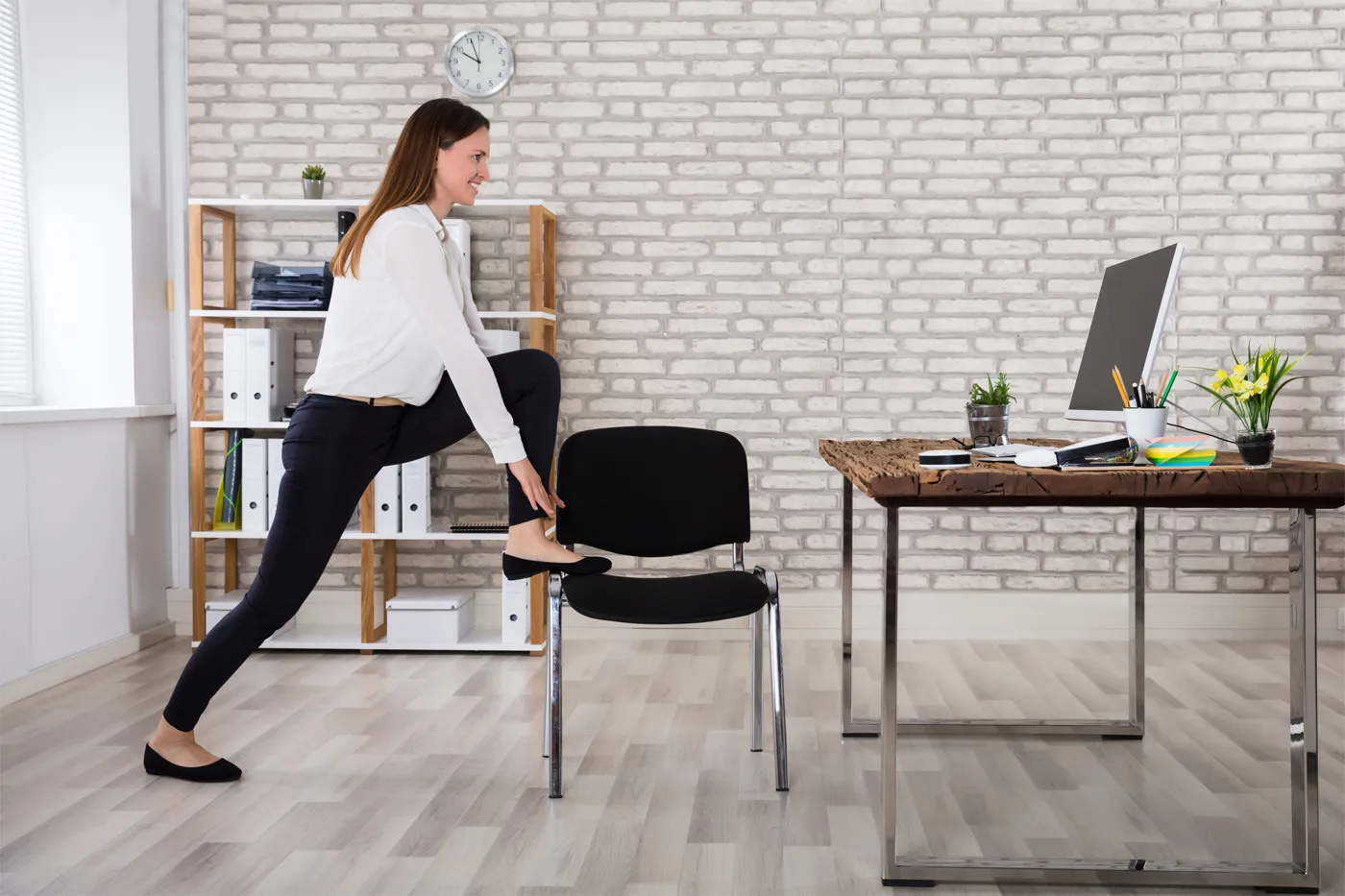Ankles may be small, but they carry the weight of every step, jump, and twist we make. Whether you’re an athlete, a weekend hiker, or someone recovering from a sprain, ankle support can be your best ally—but only when used wisely. The key lies in a simple mantra: use ankle support as a tool, not a crutch.
The Role of Ankle Support
Ankle braces, wraps, taping, and compression sleeves are designed to:
- Stabilize the joint during movement
- Prevent re-injury after sprains or surgery
- Manage swelling and promote circulation
- Enhance confidence in early recovery phases
They offer external support when your internal stabilizers—muscles, tendons, and ligaments—are healing or under heavy stress. But that’s where the support should complement, not replace, your natural mobility.
The Risk of Over-Reliance
Note that prolonged or unnecessary use of ankle support can weaken your ankle over time.
Why?
- Your body adapts. When a brace does the work, your muscles stop engaging.
- Natural stability reduces, making you more prone to future injury.
- It may interfere with proprioception—your body’s sense of movement and balance.
This creates a cycle where the ankle becomes dependent on external support, instead of becoming stronger and more resilient.
When to Use It—and When to Ditch It
Good times to use ankle support:
- Right after an injury (acute phase)
- During high-risk activities (like sports with quick direction changes)
- If you have chronic instability or joint hypermobility
- When lifting heavy or hiking uneven terrain
Using ankle support all the time when you don’t need it can actually weaken your natural stabilizing muscles. A systematic review in Sports Health (2011) confirmed that ankle braces do reduce the risk of sprains in high-risk sports (like basketball), especially in people with a history of injury. However, it emphasized that they should be used alongside rehab exercises for optimal long-term outcomes.

When to take it off:
- During rehab exercises
- When walking short distances on stable surfaces
- Once you’ve regained strength and stability
- If your physiotherapist or doctor clears you
Build Back Better: Strengthening Over Supporting
The ultimate goal is to have ankles that are strong, stable, and self-reliant. That comes from:
- Balance training (like single-leg stands or wobble boards)
- Strength exercises (resistance bands, calf raises)
- Mobility work (ankle circles, stretching)
- Proprioception drills (closed-eye balance, dynamic moves)
These reinforce your natural support system so your body doesn’t have to depend on external gear forever.
Ankle support can be life-changing when used right—but don’t let it become a crutch. Use it to get back on your feet, and then do the work to stay strong on your own.
After all, the best support your body can have is the one it builds itself.
Disclaimer
The Content is not intended to be a substitute for professional medical advice, diagnosis, or treatment. Always seek the advice of your physician or other qualified health provider with any questions you may have regarding a medical condition.
Publisher: Source link






